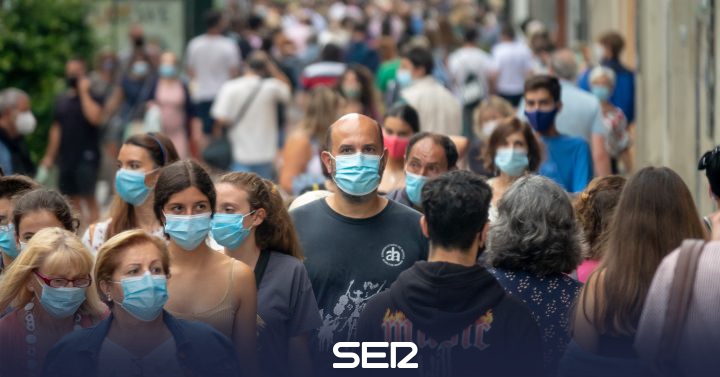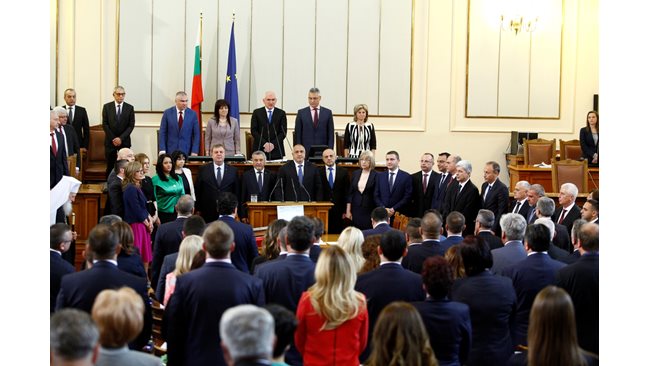A work led by the Asturian mathematician Juan Luis Fernández has revealed the relationship existing between cold and the spread of COVID-19. Under the title ‘Study on the influence of climatic variables on the influence of COVID-19 in Spain’, Fernández together with José María Loché have related the infection data from first and second wave in the 52 provinces Spanish and the minimum and maximum temperatures. “We observed that there was a very clear correlation of the number of daily and total infected with the temperature,” he explained in the microphones of the TO BE. In fact, he pointed out that “it is no coincidence that in the coldest areas of Spain there is a decisive influence on the spread of contagion.” It is what these experts call a “negative correlation; the lower the temperatures, the more infected. In Catalonia the modulating effect of the sea is seen because it has a thermal effect on the seasons. What happens is that there may be places where when you look at the number of infected, you also have to take mobility into account. “For this, he gives the example of Barcelona, “It is a coastal city, yes; but it is also a large city, so the effects are less there.”
How can this affect Asturias? “The climate is very mathematical, it is not random. It is highly influenced by the distance to the sea and the orography,” he explained. That is, the maximum temperatures They’re in winter in the moutains, the areas with fewer inhabitants of the region while in summer there is a “thermal inversion” and that occurs in Coast zones. This particularity means that the first wave and the second are studied differently. “In winter, the greatest drop would be in less populated areas, so the impact would be more in the central area. Nacional level for degree of temperature drop and for each million inhabitants, there would be an average of seven more infected diaries. If we move it to Asturias you have to think about half a million inhabitants because it is the area where there is mobility and a ten degree drop temperature with what could be contributing to some 20-25 more infections otherwise there were those conditions. On summer it would be the opposite and the most susceptible areas would be the populated as Gijón O Aviles and it would have less incidence in the interior “, has detailed.
In total, in one month the figure would be around 750 more cases for each degree of temperature drop. Fernández has affirmed that in areas like Burgos this would be more evident because they are plateau areas and speaks of the influence of the cold in some European countries. “The big rebound of cases in the second hello from Germany is, in part, because of the cold wave. There is a very evident correlation with temperatures and also with orography. In this case what we see in different countries is that infection peaks are close to orogenics. And France the greater number of infected, saving Paris for mobility, are in Grenoble near the Alps because they are heavily populated areas, with a lot of mobility Y very cold“.
Juan Luis Fernández, along with Zulima Fernández or Gonzalo Alonso, have worked on forecasts from the first wave, with a level of success that has aroused the interest of other parts of the world for their predictions. In the current situation, believe that if Asturias remains in the environment of 350 positives daily, “models say that a mid or end of February would be controlled and it could be considered a certain rebound of the second wave. ” total number of infected “It would be between 25 and 40 times what we would be between 7,000 and 15,000. Another cause is that there are 500, 600 or 700 infected; then we would move in other scenarios “, he has qualified.
–
–


